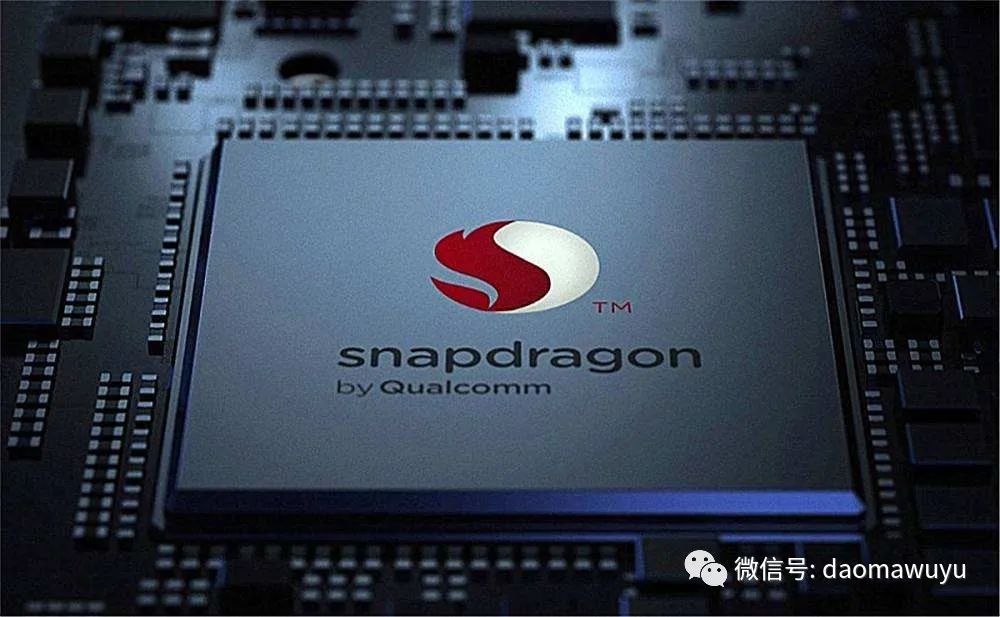After Apple released the A16, it was supported by the iPhone 14 Pro series. Although the market sales of Apple’s iPhone 14 did not meet expectations, the market performance of the iPhone 14 Pro was still good, thanks to the A16 chip. For the Android mobile phone camp, perhaps now is the opportunity to reverse the decline and bring a glimmer of hope to the sluggish market. Because Qualcomm’s second-generation Snapdragon 8 chips have arrived, including MediaTek’s latest chip combination.
Recently, Qualcomm announced the launch of the second generation Snapdragon 8 integrated chip, and terminal devices equipped with this chip are expected to be launched by the end of the year. Some domestic mobile phone manufacturers are already on the rise, and the market predicts that phones equipped with the new generation Snapdragon 8 chip may be available by the end of November. According to data announced by Qualcomm, the second generation Snapdragon 8 is manufactured using a 4-nanometer process, which improves CPU performance by 35% and energy efficiency by 40% compared to the previous generation Snapdragon 8. The second generation Snapdragon 8 adopts a 1+2+2+3 core architecture, supports LP-DDR5X and UFS4.0 storage specifications, and is equipped with Adreno GPU with a 25% performance improvement and 45% energy efficiency improvement. Among them, artificial intelligence is the key technology for designing the second generation Snapdragon 8.
Among them, equipped with the most advanced AI engine, the AI performance can be improved by up to 4.35 times, with a 60% performance improvement per watt. The new Cognitive ISP can perform real-time semantic segmentation and automatic enhancement when taking photos and videos, utilizing AI neural networks to enable cameras to perceive faces, facial features, hair, clothing, and sky in scenarios, and independently optimize them. It can be seen that there will be greater improvement in shooting. As is well known, the Android camp has always been an important feature of shooting optimization. In terms of shooting, the domestic mobile phone manufacturers of the Android camp also have their own tricks, and many aspects of the photos taken are commendable.
The second generation Snapdragon 8 supports playback of up to 8K HDR videos at a speed of 60 frames per second, as well as incorporating ray tracing technology support for 3D games, providing near real light reflection, refraction, and scattering effects. The chip is also equipped with the X70 5G modem RF system and supports Wi Fi 7 technology. At the same time, it has spatial audio and dynamic head tracking functions, which can achieve complete surround sound immersion. It also provides the latest isolation, encryption, key management, verification and other functions to reduce the risk of equipment data being leaked and used. The continuous optimization of high-definition videos and technological support in gaming are also key selling points for Android phone manufacturers in the future.
The current news is that OEM brands such as Honor, OnePlus, Motorola, OPPO, vivo, and Xiaomi will all launch phones equipped with the second-generation Snapdragon 8 mobile platform. Unfortunately, without Huawei, Huawei is still under a “ban” and cannot purchase the latest Qualcomm chips. Interestingly, before Qualcomm launched the second-generation Snapdragon 8, MediaTek had already launched a new generation of flagship mobile phone chips on November 8th, and the competition between the two would become even more intense. Android phone manufacturers also have their own preferences for Qualcomm and MediaTek. Flagship aircraft and Volkswagen aircraft take different routes. The key is to generate sales growth.
Compared to Qualcomm, the growth of MediaTek’s shipment volume is also an undeniable fact. MediaTek has stated that in the first half of this year, MediaTek’s market share in the global smartphone SoC market reached 38%, ranking first in terms of market share. MediaTek chips are used in one out of every four smartphones. For the two giants, market weakness is the biggest constraint. Mobile phone manufacturers are constantly rumored to be cutting orders, as market demand is sluggish and they dare not invest more products to seek directions. After all, if they cannot sell, it will become inventory and backlog.
The lack of consumer enthusiasm is due to various reasons, with emerging markets performing less than expected. The user’s purchasing desire is not strong. On the one hand, it is due to the decline in consumption ability. On the other hand, the development of smartphones has also entered a bottleneck period, without more new demand stimulation. The application scenarios of the phone itself have not changed much, and users have become accustomed to using their own phones to maintain the original pattern. How to reverse this decline? The improvement of chip technology is one aspect, and on the other hand, when can the turning point of the market come?
With the continuous evolution of technologies such as VRAR, future chip upgrades may bring more application mode conversions, which may bring about a new change in the market. The competition between Qualcomm and MediaTek will also expand to more markets, not just the mobile phone market, such as market applications such as AR and autonomous driving. How to innovate technology and break through industry bottlenecks is the real key. The release of Qualcomm’s second-generation Snapdragon 8 may not yet be able to reverse the market downturn; However, for domestic mobile phone manufacturers, at least a new batch of models will be launched by the end of this year or early next year.https://www.stoneitech.com/
